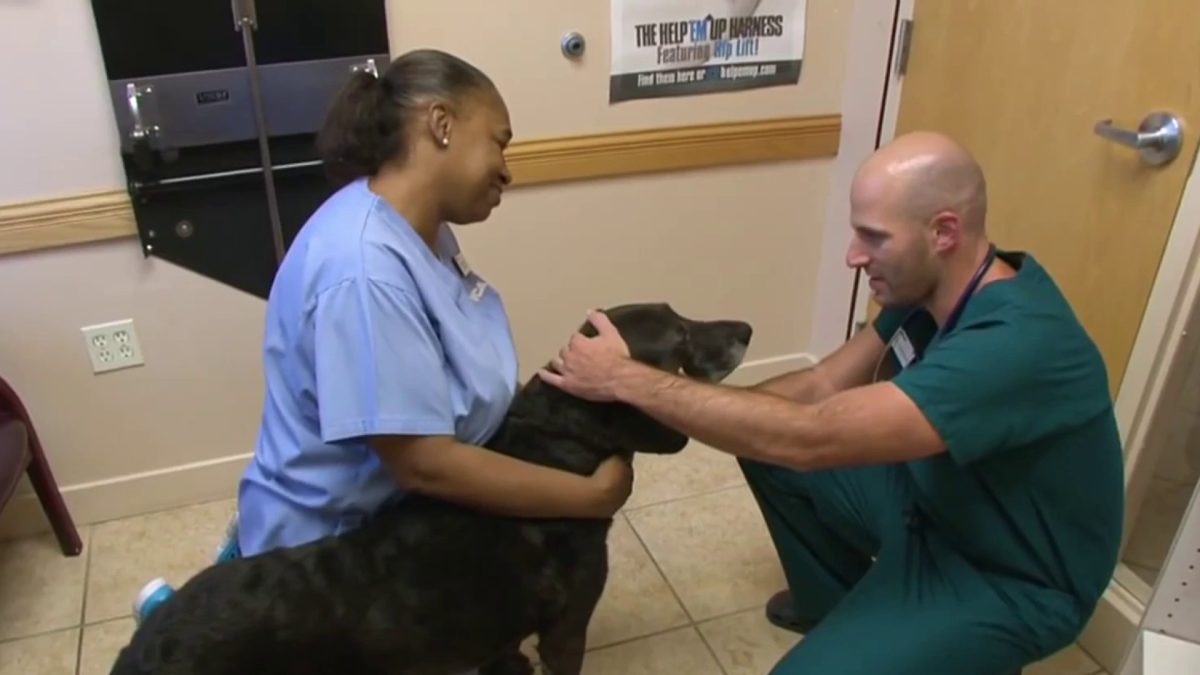A fiercely independent group of people is uniting for the first time to save its way of life. By inviting outsiders in, Smith Islanders say they’re ready to change to stay the same.
As he hauled bushel after bushel of soft-shell crabs out of his boat on a 100-degree day, Mark Kitching made no bones about it: Smith Islanders don’t want to hear from outsiders about what to do with their island.
“If we oppose something, we oppose it,” he said. “We fight it. Many times our watermen’s association in particular has taken the state to court."
As he sorted through soft-shell crabs caught just that morning, Kitching, who can trace his family's history on the island back 12 generations, said they're just trying to protect their way of life. "I can't say we want our way and that's it, but we're out here working on the water, trying to make a living, trying to feed our families."
Smith Island is the very last inhabited island in Maryland not connected by a bridge. A 45-minute ferry ride gets you to its low-lying marshland, a perfect habitat for soft-shell crabs -- and a unique culture of watermen and their families.
"Teach your child to swim and pretty much the child can go on the roads, to a neighbor's home,” Betty Jo Tyler explained. “You're not afraid that they're not going to come back home."
Tyler serves home-made Smith Island Cake at her family's Bayside Inn Restaurant. She can also trace her roots back to the island’s original settlers. "The island has never had any government,” she explained. “The church pretty much was the government body."
Local
Washington, D.C., Maryland and Virginia local news, events and information
But then came Hurricane Sandy.
Scientists have been predicting for decades that a combination of erosion and rising tides could swamp the island, so federal officials pitched the idea of paying Smith Islanders to relocate to the mainland.
They didn’t like it.
"We've seen storms,” Kitching said. “We've had battles. And we're tested through time and have seen that we'll make it."
But Kitching said the threat of being forced to move made them take a hard look at themselves. "I know we have an aging population. I can walk into church on Sunday morning and know how many people in there is 75 years old."
When Kitching was a boy, almost 700 people lived on the island, according to the U.S. Census. It's now dropped to 176 scattered between three different towns with census figures showing at least half over the age of 55.
"It's hard to make a living on the water anymore,” Tyler said. “None of our children stay anymore."
So Tyler, Kitching and most of their neighbors joined Smith Island United and crafted a "vision plan" to save themselves, promoting something that would have been almost unthinkable to these watermen a generation ago: Ecotourism and embracing outsiders.
"You know as independent as we are, you have to face facts,” Kitching said. “There are no new Smith Islanders. The new Smith Islanders need to come from Pennsylvania, Baltimore, anywhere."
John Deluco is a “come here” – island-speak for someone who recently moved to the island.
A retired navy veteran from New York, Deluco said he dreamed of living on the water in a community safe enough that he didn’t have lock his door. "We did a Google search for cheap waterfront real estate."
He said you can buy a fixer-upper here for as little as $25,000.
"They don't like people coming in here and figuring their way of life is better and trying to change things,” Deluco explained. “But as long as you're approaching everybody respectfully and are respectful of the culture, you'll do fine."
And that, Matt Whitbeck said, is the key to truly saving Smith Island.
A biologist with U.S. Fish and Wildlife, Whitbeck spent months working with the islanders to build a new $9 million jetty along the Martin National Wildlife Refuge on the north edge of the island.
“You have all that wave energy just piling up over 25 miles of open water, and they're getting 10 to 15 feet of shoreline erosion per year," Whitbeck explained.
He pointed to a piling sticking out of the water at least a football field away from the nearest spit of land, saying it used to mark the edge of the island’s marshland but has since eroded away to just a thin strip of sand.
"If this was five years later, that would have totally unraveled and you would have had open wave energy from the Chesapeake Bay essentially going right into the town of Ewell," Whitbeck said.
By strategically placing a mix of heavy stone, sand and bay grasses, Whitbeck said the jetty protects critical wildlife habitat for the birds and shellfish the watermen depend on.
But the project had the added bonus of protecting the town of Ewell from the open water, Whitbeck said. "These habitats can take flooding by storm events. They can take a beating. These natural systems are very resilient."
Smith Island United just received word it's getting another $2.4 million from Somerset County to build a second jetty near the town of Rhodes Point.
"We're organized and we have government support and I think they're going to save us," Deluco said.
"There's a lot of B&Bs coming up, there's rental places, people doing tours," Tyler added.
Meaning islanders feel positive for the first time in a long time. As Kitching said, “I think the best days are ahead.”
After years of being told their island would vanish, they say all it took was a bit of change to keep things the same.
Reported by Tisha Thompson, produced by Rick Yarborough, and shot and edited by Jeff Piper.



